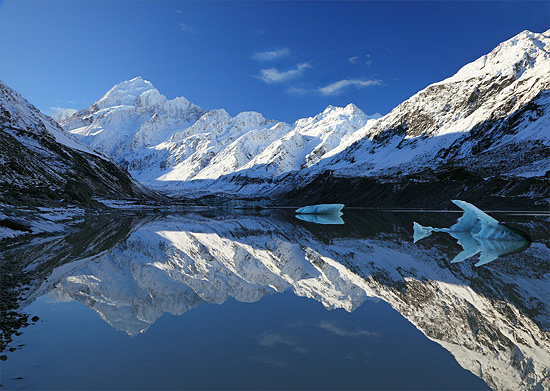


This site describes the Franz Josef Glacier as well as other notable landmarks in New Zealand. It’s interesting because it describes different processes that occur between the glacier and the land around it, such as the distance each glacier recedes each year. The website also going into other notable elements and processes around Franz Josef Glacier, such as the Alpine Fault, geology of the area, and factors affecting the Waiho River which flows out at the foot of the glacier. There are also a number of conservation projects described to protect the landforms and the surrounding environments.

Because I am studying abroad in New Zealand next semester, this blog post caught my eye. It’s incredible to look at the large amount of movement of the glacier over time. The Franz Josef Glacier and Fox Glacier both seem to have become quite a tourist attraction over time for the astonishing beauty. I’ll have to put it on my list of places to travel to while I am abroad.
I did the Glacier National Park for my park presentation and the similarities between the two with my location in Montana and yours being in New Zealand is pretty cool especially being in two different hemispheres.
What a great post that struck my attention because of its name. Franz-Josef is a very common German name. I did my research. It turns out that the glacier was named after Emperor Franz Joseph I of Austria by the German explorer, Julius von Haast in 1865.
New Zealand’s natives, the MÄori, however, have a much more romantic story for naming the glacier. Their name is Ka Roimata o Hinehukatere (‘The tears of Hinehukatere’), which arose from a local legend: Hinehukatere was an avid climber who persuaded her lover, Wawe, to climb with her. Wawe was not as experienced of a climber than Hinehukatere but loved to accompany her until an avalanche swept Wawe from the peaks to his death. Clearly, Hinehukatere’s heart was broken and her many tears flowed down the mountain and froze to form the glacier.